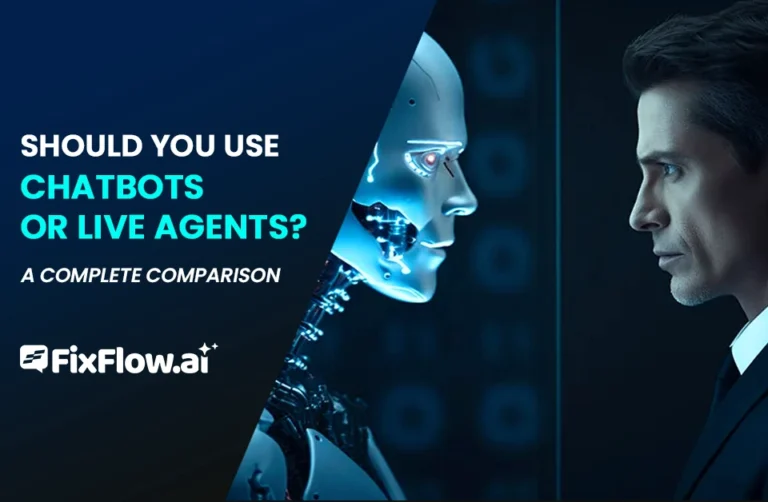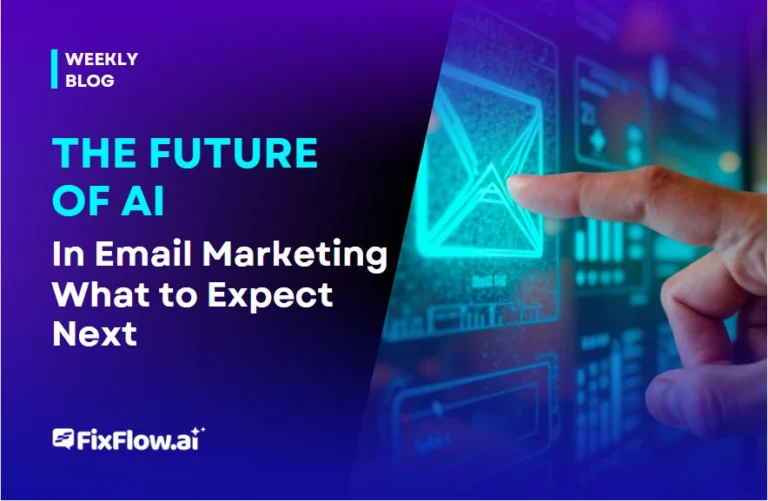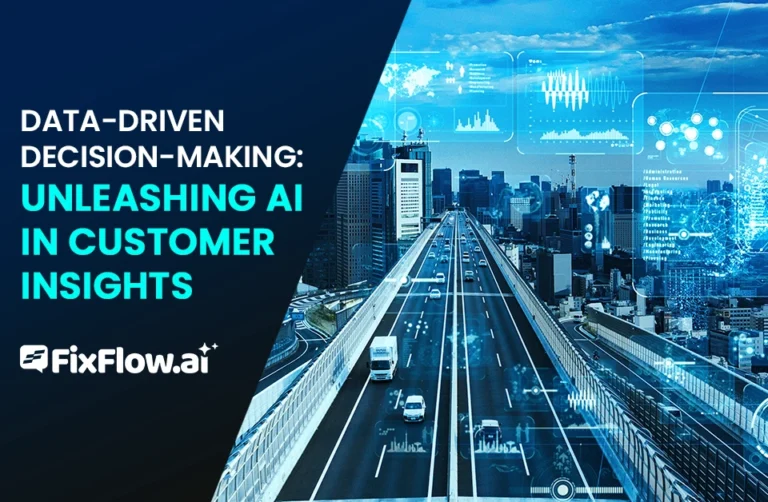How AI Personalization Is Transforming Customer Service
AI personalization is revolutionizing customer service by shifting from generic interactions to predictive experiences tailored to your unique needs. Through behavioral analytics, AI systems track your navigation patterns and past interactions to anticipate issues before they arise. Personalized chatbots recognize returning customers, reference previous conversations, and modify responses based on your sentiment. You’ll benefit from faster resolution times, more relevant experiences, and seamless support. Discover how this technology balances efficiency with ethical considerations while maintaining meaningful human connections.
The Evolution From Generic to Predictive Customer Experiences
While customer service once relied on generic scripts and one-size-fits-all solutions, today’s landscape looks remarkably different. You’re no longer just a ticket number in a queue. AI systems now recognize your unique needs and history.
This transformation hinges on user behavior analytics that capture how you interact with products and services. By analyzing patterns in your past interactions, modern support systems can anticipate issues before you even report them. This shift to predictive customer support means companies can reach out with solutions before problems escalate.
What makes this evolution revolutionary isn’t just faster service, it’s smarter service. Your experience is continuously refined as AI learns from each interaction, creating support that feels less like troubleshooting and more like having a knowledgeable assistant who genuinely understands your needs.
How AI Analyzes Behavior Patterns to Anticipate Customer Needs
AI’s predictive capabilities stretch far beyond basic pattern recognition. By continuously monitoring how customers navigate your site, which products they view, and even the timing of their support requests, AI builds thorough behavioral profiles that evolve.
These systems employ machine learning for support that identifies subtle patterns humans might miss. When a customer begins exhibiting behaviors similar to previous scenarios, the AI can preemptively offer solutions before frustration builds.
Adaptive service delivery represents the culmination of this analysis, where your support infrastructure automatically reconfigures based on anticipated needs. For instance, when a customer repeatedly struggles with a specific feature, AI can proactively send tutorial content or offer specialized assistance, making them feel understood without having to explain their problem repeatedly.
Implementing Personalized AI Chatbots That Learn and Adapt
Personalized AI chatbots represent the front line of modern customer service transformation, as they continuously evolve with each interaction. Unlike static chatbots of the past, today’s solutions adapt to your customers’ preferences, communication styles, and purchase history in real time.
When implementing a personalized chatbot, start by mapping the AI customer journey to identify key touchpoints where personalization adds value. Your chatbot should recognize returning customers, reference past interactions, and modify its responses based on sentiment analysis.
The most effective implementations don’t just answer questions. They anticipate needs. By studying conversation patterns and connecting to your CRM, these systems create increasingly relevant experiences that feel natural rather than robotic, making each customer feel understood throughout their support experience.
Measuring the ROI of AI-Driven Personalization Strategies
Beyond implementation, the true value of AI personalization becomes apparent when you can quantify its business impact. Start by tracking reduced resolution times and support costs against your implementation investment. Most companies see breakeven within 6-12 months.
Measure customer lifetime value before and after introducing real-time personalization features. Track metrics like repeat purchases, reduced churn rates, and satisfaction scores to demonstrate tangible returns. Don’t overlook operational efficiencies many businesses report 15-30% reductions in support overhead through ai-driven communication systems.
For detailed ROI analysis, combine direct cost savings with indirect benefits like increased conversion rates and customer retention. Create dashboards that highlight these metrics for stakeholders, making the business case for continued investment in AI personalization technologies.
Ethical Considerations in AI-Powered Customer Service
Three critical ethical dimensions require careful attention when deploying AI in customer service environments. First, data privacy and transparency must be prioritized. You’ll need clear policies about what customer information you’re collecting, how it’s used, and who can access it. Always obtain proper consent and provide easy opt-out options.
Second, consider bias in your AI systems. Regularly audit your algorithms to guarantee they don’t discriminate against certain customer groups or create unfair service experiences based on demographic factors.
Third, focus on maintaining a human touch where needed. Not every interaction should be automated. Create thoughtful escalation paths to human agents for complex issues, emotional situations, or when customers explicitly request human assistance. Your AI should enhance, not replace, meaningful human connections.
Frequently Asked Questions
How Long Does AI Personalization Implementation Typically Take?
AI personalization implementation typically takes 3-6 months for basic integration and up to 12+ months for complex systems. Your timeline depends on your existing infrastructure, data quality, and project scope. You’ll need to allocate time for selecting tools, training staff, integrating with your CRM, and testing. Don’t rush the process; remember that successful implementation requires careful planning to guarantee you’re delivering truly personalized customer experiences.
What Budget Should Companies Allocate for AI Customer Service Tools?
Budget allocations for AI customer service tools vary widely. You’ll typically need $5,000-$10,000 annually for basic chatbots, $15,000-$50,000 for mid-range solutions with some personalization features, and $50,000+ for enterprise-level systems with advanced analytics. Consider starting with a smaller investment to test results, then scale up. Don’t forget to budget for implementation costs, staff training, and ongoing maintenance; these often add 20-30% to your total investment.
Can Small Businesses Benefit From AI Personalization Technology?
Yes, you can absolutely benefit from AI personalization as a small business. Affordable options like chatbot platforms and CRM add-ons start at $20-50/month. You’ll see immediate advantages in time savings, 24/7 customer support, and more consistent service. Start small with targeted solutions that address your specific pain points, then scale up as you grow. Even basic AI tools can help you deliver personalized experiences that compete with larger companies.
How Do Customers Generally Feel About AI-Powered Service Interactions?
Customer feelings about AI service are mixed. You’ll find many appreciate the faster response times and 24/7 availability, while others express frustration with limited understanding or impersonal experiences. Research shows acceptance is growing, especially when AI is transparent about not being human and can smoothly transfer to agents when needed. The key is balance; customers generally prefer AI for simple issues but want human help for complex problems.
What Technical Expertise Is Required to Maintain AI Personalization Systems?
To maintain AI personalization systems, you’ll need a team with varied skills. Data scientists for algorithm tuning, developers for integration and updates, and privacy experts for compliance are essential. You don’t need everyone to be AI experts; user experience designers and customer service specialists are equally important. While specialized platforms reduce technical barriers, you’ll still need someone who understands both the technology and your business goals to maximize effectiveness.







